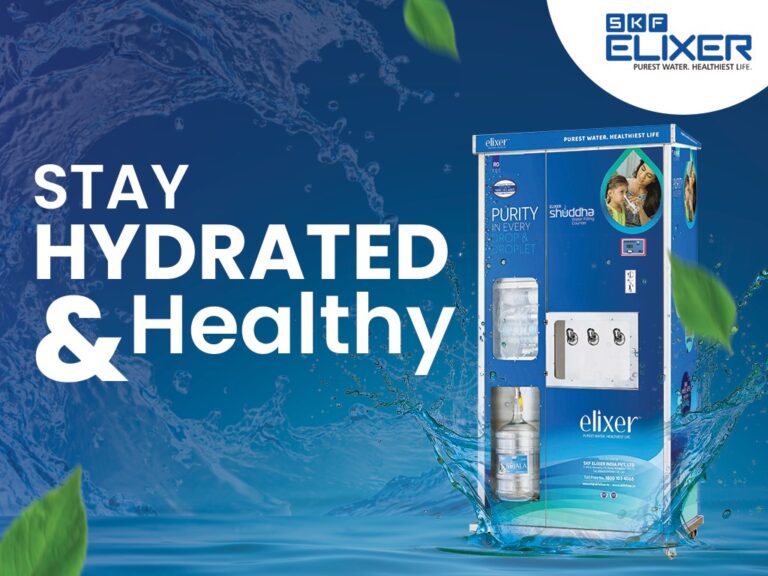Table of Contents
Reverse Osmosis (RO) is a water purification technology that uses a semipermeable membrane to remove ions, molecules, and larger particles from drinking water. An RO water purifier utilizes this process to ensure clean and safe water. Here’s a detailed exploration of how reverse osmosis works:
Good reads are meant to be shared
The Basic Principle:
- Osmosis vs. Reverse Osmosis: In osmosis, water moves from an area of lower solute concentration through a membrane to an area of higher concentration until equilibrium. RO reverses this natural process by applying pressure to the water on the more concentrated side, forcing it through the membrane, leaving contaminants behind.
How Does a Reverse Osmosis System Work?
- Pre-Filtration:
- Sediment Filter: Removes large particles like dirt, sand, or rust.
- Carbon Filter: Reduces chlorine, taste, and odor, protecting the RO membrane from chlorine damage.
- RO Membrane:
- The heart of the system, this semipermeable membrane has tiny pores that allow water molecules to pass but block salts and other impurities. The system applies pressure (typically from household water pressure or a booster pump) to push water through this membrane.
- Post-Filtration:
- Often includes another carbon filter to polish the water, removing any residual tastes or odors.
- Storage Tank:
- The purified water is stored here until needed. Since RO operates at a slow rate, storage ensures you have water on demand.
- Faucet or Dispenser:
- The treated water is then dispensed for consumption.
How RO Systems Work in Detail:
- Pressure: Household water pressure or an additional booster pump forces water through the RO membrane.
- Concentration: The reject water, containing concentrated contaminants, is either sent to the drain or can be recirculated for additional efficiency in some systems.
5 Stage Reverse Osmosis System Work:
- Stage 1: Sediment Filtration – removes particles.
- Stage 2: Granular Activated Carbon (GAC) – removes chlorine.
- Stage 3: Carbon Block – further removes chlorine and VOCs.
- Stage 4: RO Membrane – the primary purification step.
- Stage 5: Post Carbon Filter – final polish for taste and odor.

How Does a Reverse Osmosis Plant Work?
- In larger scales, like municipal or industrial setups:
- Pre-Treatment: Extensive pre-treatment might include coagulation, flocculation, sedimentation, and filtration to protect the RO membranes.
- High-Pressure Pumps: These are used to overcome the osmotic pressure and force water through the membrane.
- Membrane Modules: RO plants use arrays of membranes to handle large volumes of water.
- Concentrate Disposal: Managing the disposal or reuse of the concentrated brine is crucial.
How Does RO Purifier Work?
- In home purifiers, RO water purifier works in a similar manner but on a smaller scale:
- Water passes through pre-filters, then through the RO membrane under pressure, and finally through post-filters for additional purification.

FAQs:
Q1: How effective is RO at removing contaminants?
A: RO can remove up to 99% of dissolved salts, particles, bacteria, and many organic compounds.
Q2: Does reverse osmosis remove minerals from water?
A: Yes, it removes both harmful and beneficial minerals, which might necessitate a remineralization step.
Q3: Why does RO produce waste water?
A: The process requires a certain amount of water to be flushed away to keep the membrane clean and effective.
Q4: How often should RO system components be replaced?
A: Pre-filters every 6-12 months, RO membrane every 2-3 years, depending on usage and water quality.
Q5: Can RO systems be used for all types of water?
A: They are very versatile but require pre-treatment for very hard or heavily contaminated water to protect the membrane.
Understanding how reverse osmosis works provides insight into one of the most effective water purification methods available, transforming water quality for health, taste, and safety.
Good reads are meant to be shared




